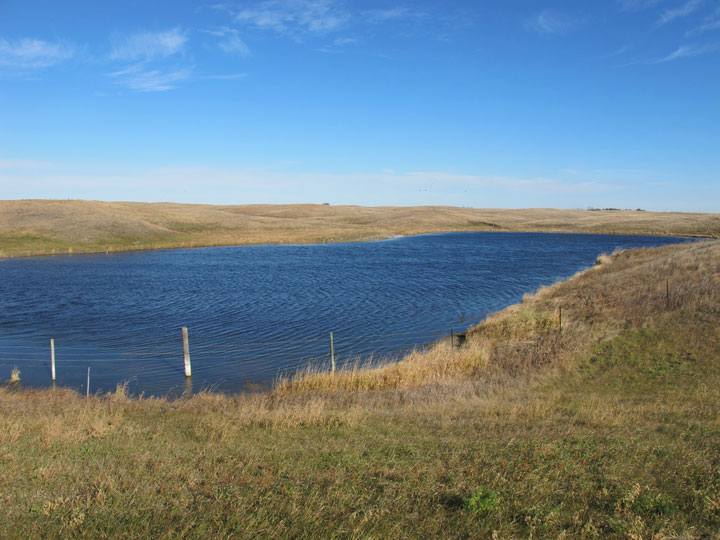TRAVERSE CITY, Mich. – Chevrolet has become the first corporate participant in a public-private initiative that pays farmers not to convert natural prairie to large-scale crop production, which would release gases that are warming the planet, officials said Monday.

The automaker, a division of General Motors, said it has bought more than 39,000 metric tons of carbon credits from North Dakota ranchers in the prairie pothole region, a broad expanse of grasslands and wetlands reaching across the northern Great Plains and parts of Canada.
READ MORE: Australia repeals 2-year-old carbon tax on country’s worst polluter
“The amount of carbon dioxide removed from our atmosphere by Chevrolet’s purchase of carbon credits equals the amount that would be reduced by taking 5,000 cars off the road,” U.S. Agriculture Secretary Tom Vilsack said.
Grasslands store huge volumes of carbon dioxide, one of the gases most responsible for climate change. Tilling the soil for agriculture releases the gases into the atmosphere. Preserving grasslands keeps carbon bottled up and preserves habitat for waterfowl and other wildlife.
“The opportunity here is to create an incentive for real greenhouse gas reductions and good environmental stewardship while supporting agriculture at the same time,” said Robert Bonnie, U.S. agriculture undersecretary for natural resources and the environment.
The program was established amid concern about rapid conversion of the region’s grasslands for corn and soybeans, a trend fueled by rising commodity prices for use as biofuels, said Paul Schmidt, chief conservation officer with Ducks Unlimited.
His group and several partners used a $161,000 USDA grant to develop a system for measuring how much carbon remains underground when grasslands aren’t developed.
READ MORE: US-China climate pact puts pressure on India
The methodology, verified by a non-profit organization that oversees carbon offset projects, is used to establish credits that landowners can sell, making up some of the money they could have made by switching to row crop cultivation.
Participating ranchers place their property in conservation easements that guarantee it will permanently remain grassland, although they can continue grazing livestock and growing hay, which can be planted without tilling the soil.
Chevrolet purchased its credits as part of a 2010 commitment to invest up to $40 million in carbon reduction programs with a goal of keeping 8 million metric tons out of the atmosphere, spokeswoman Sharon Basel said.
The credits Chevy bought in North Dakota will preserve 5,000 to 6,000 acres of grasslands.

Comments